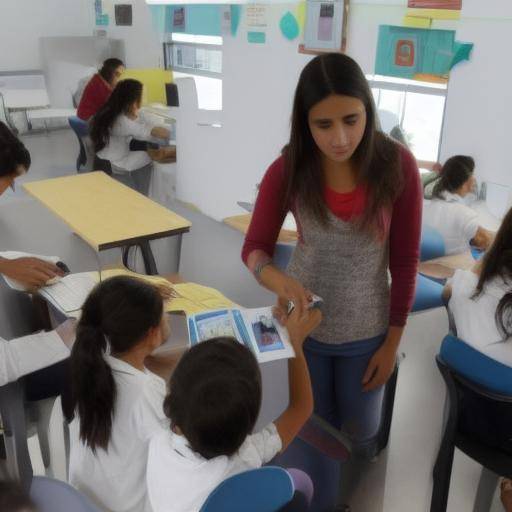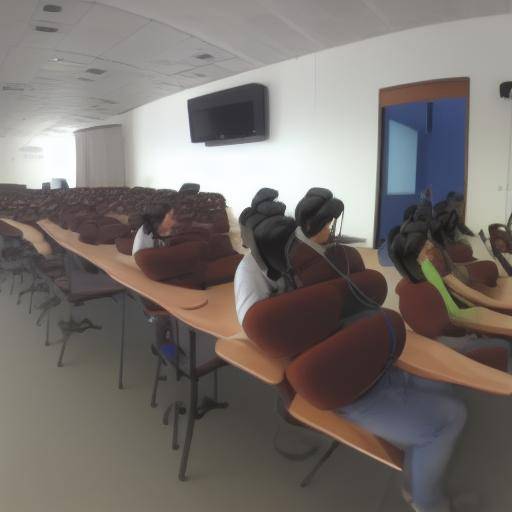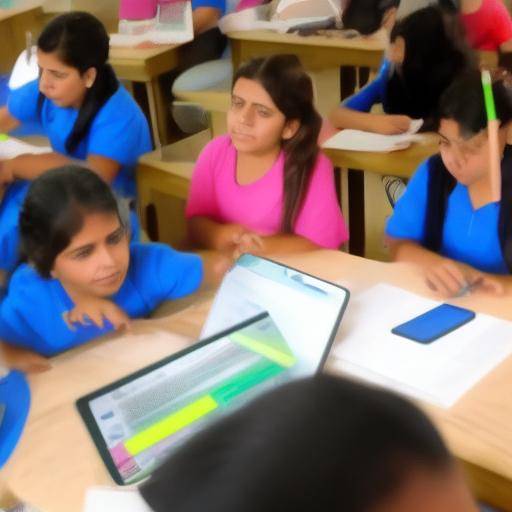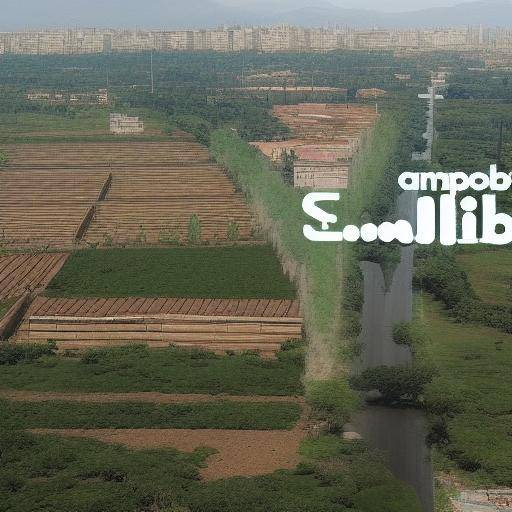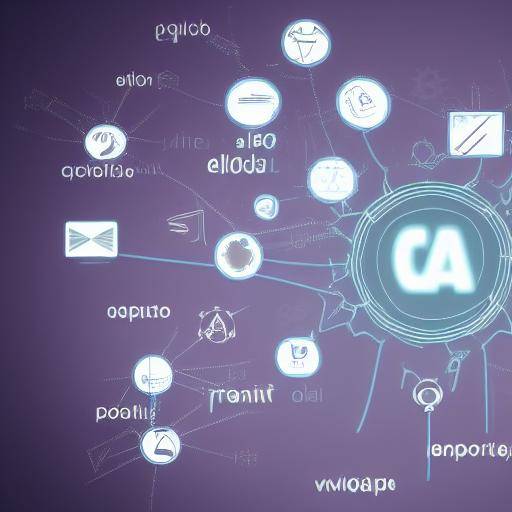
Environmental education is crucial in the current world, where awareness of environmental care is fundamental to the future of our planet. Technology has become a powerful tool to improve the way we educate people about the importance of preserving the environment. In this article, we will explore how technology can be effectively used in environmental education, analyzing its current benefits, challenges and trends.
Introduction
Technology has significantly impacted environmental education by providing new ways of interacting with information and knowledge. From mobile applications to virtual simulations, technology has revolutionized the way students understand and commit to environmental problems.
History and Background
The history of environmental education dates back to the conservation movements of nature at the end of the nineteenth century, which laid the foundation for awareness of the importance of preserving the environment.
In the 1960s, environmental education was recognized as a formal field of study, with the Tiflis Conference in 1977 marking an important milestone in establishing the principles and objectives of international environmental education.
Digital technologies have transformed environmental education by enabling interactive learning resources such as educational videos, simulation games and online platforms that provide up-to-date information on environmental issues.
Analysis in Deep
The benefits of integrating technology into environmental education are abundant. Interactive tools allow students to better understand environmental concepts, fostering greater participation and motivation. In addition, technology can provide access to high-quality educational resources from anywhere in the world.
However, the digital divide and excessive dependence on technology also present significant challenges in environmental education. It is crucial to balance the use of technology with more traditional approaches to ensure that everyone has access to environmental education, regardless of their internet connection or technological capacity.
Comprehensive review
The application of technology in environmental education has been demonstrated in various contexts, from school classrooms to community programmes. With the use of mobile devices, augmented reality and online learning platforms, new ways of promoting environmental education have been developed in an attractive and accessible way.
Experts on environmental education see technology as a powerful tool to address current and future environmental challenges. However, they emphasize the importance of combining technology with traditional education methods to ensure an inclusive and equitable comprehensive approach.
Comparative analysis
The implementation of technology in environmental education shares similarities and differences with other educational fields. Although the priority is environmental content, technology can also be applied in other educational contexts to enrich the learning experience and encourage the active participation of students.
Practical Tips and Accessible Tips
By incorporating technology into environmental education, it is essential to consider the diversity of audiences and adapt technological resources to meet different learning styles. Here are some practical tips for using technology effectively in environmental education:
- Customize content to address local environmental challenges
- Using online platforms to foster collaboration and exchange of ideas
- Integrate gamification elements to increase participation and commitment
Industry ideas and Expert Reviews
Environmental education experts agree that technology plays a crucial role in advancing environmental awareness. By taking advantage of technology strategically, it is possible to reach wider audiences and generate a significant impact on how people perceive and respond to environmental problems.
Case Studies and Real Life Applications
Numerous case studies have been conducted that demonstrate the positive impact of technology on environmental education. From schools that implement virtual classrooms focused on sustainability to organizations that use mobile applications to involve the community in conservation projects, technology has expanded the possibilities of effective environmental education.
Future Trends and Predictions
The future of environmental education and technology seems promising, with emerging trends that point to a greater focus on the personalization of learning, augmented reality and artificial intelligence applied to environmental conservation. Technology is expected to continue to play a key role in promoting environmental education, constantly adapting to the changing needs of society.
Conclusions
In short, technology offers unprecedented opportunities to improve environmental education, although it is not without challenges. It is essential to use it in a responsible manner, ensuring equity in access to long-term education and sustainability. By integrating technology strategically, we can enhance efforts to create a more informed, committed and conscious society of the importance of preserving our environment.
FAQs
What technological tools are most effective for environmental education?
There are numerous effective technology tools for environmental education, such as interactive mobile applications, online learning platforms, virtual simulations and enhanced reality devices.
How can technology help overcome the challenges of environmental education in areas with limited internet access?
Technology can be adapted for offline use, such as the development of downloadable content and applications that do not depend on a constant connection to the internet. In addition, low-band communication technologies can be used in communities with limited internet access.
What role do social networks play in environmental education through technology?
Social networks can serve as platforms for disseminating information and promoting environmental education initiatives. In addition, social networks can foster community engagement on environmental issues, enabling support and collaboration networks.
What are the key challenges in integrating technology into environmental education?
Some key challenges include ensuring data privacy and security, equity in access to technological resources and the need to train educators to effectively use technology in the teaching of environmental concepts.
How can virtual reality improve understanding of environmental problems?
Virtual reality can immerse students in virtual environments that represent real environmental problems, allowing them to experience the consequences of environmental decisions vividly and realistically and better understand the interconnection between ecosystems.
How can educators evaluate the effectiveness of technology in environmental education?
Educators can assess the effectiveness of technology in environmental education by observing the commitment of students, collecting feedback through surveys and questionnaires, and comparing learning results with and without the use of technology.
Conclusion
Technology offers a vast potential to transform environmental education, broadening its scope and strengthening its impact. By strategically leveraging digital tools, we can move towards a more conscious and committed society with environmental care. However, it is essential to address the challenges associated with its implementation to ensure that environmental education through technology is inclusive, equitable and sustainable.














